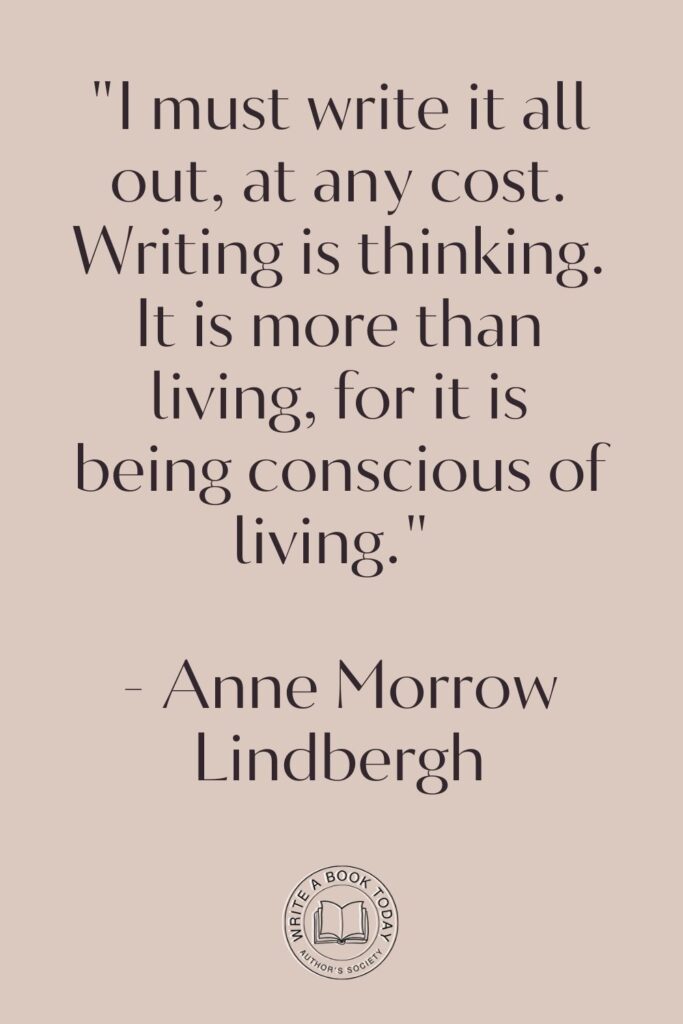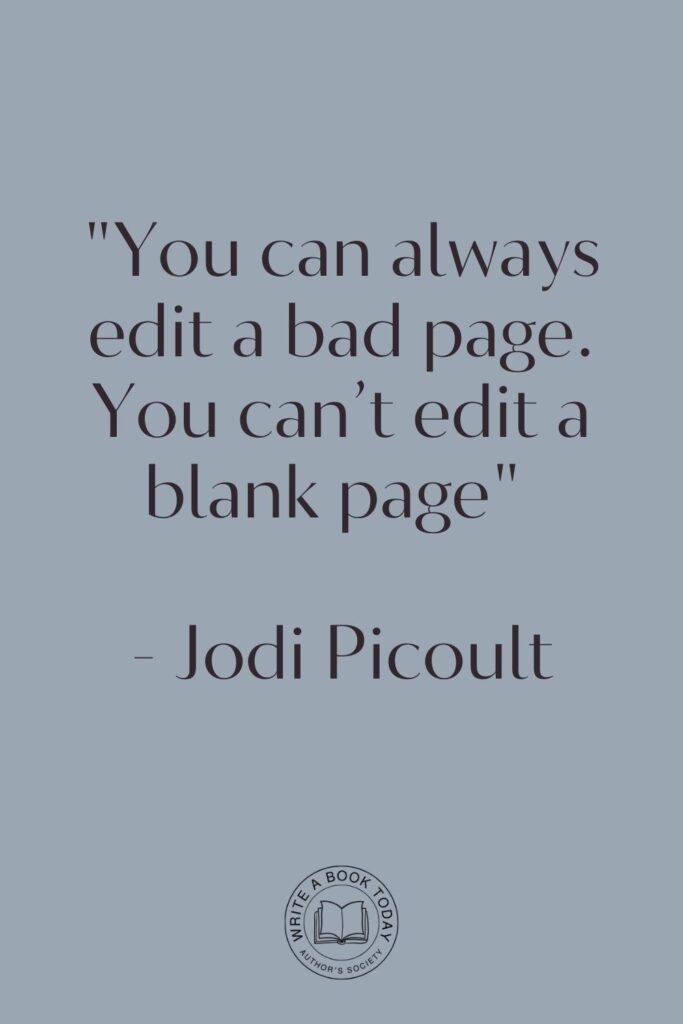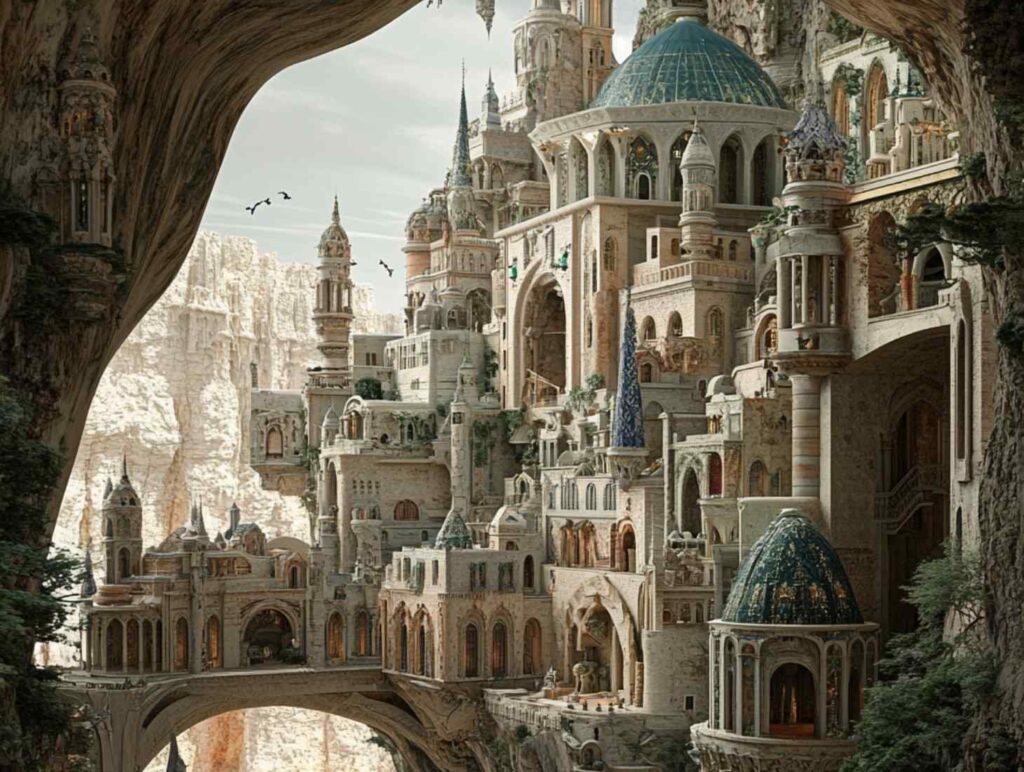Have you ever been so captivated by a book that the world within its pages felt as real as your own?
That’s the magic of world-building, a craft that transforms words into living, breathing realms. Imagine stepping into a universe where cultures thrive, magic crackles in the air, and every character has a story to tell.
This is the essence of world-building, a skill that can make or break a narrative.
But what are the world-building secrets that great writers use to create these immersive settings?
Let’s unlock these mysteries together.
The Art of World-Building: Why It Matters
World-building is more than just setting a stage for your characters; it’s about creating a tapestry of experiences that pull readers into your narrative.
Whether you’re weaving a tale of epic fantasy or crafting a subtle alternate reality, the world you build serves as the backbone of your story.
It provides context, depth, and authenticity, allowing readers to suspend disbelief and fully engage with your plot and characters.
In genres like fantasy writing, where the environment can be as much a character as the protagonists themselves, mastering this art is crucial.

Understanding World-Building Secrets
Secret 1: Crafting an Immersive Setting
Creating an immersive setting is akin to painting with words. It’s about evoking the senses and allowing readers to feel the chill of a mountain breeze or the bustling energy of a marketplace.
Think of J.K. Rowling’s Diagon Alley, where every shop and cobblestone adds to the richness of the world. To achieve this, consider the five senses: sight, sound, smell, touch, and taste.
Use them to paint a vivid picture that readers can lose themselves in.
Write a tip on a topic from the article in 4 sentences. Start by immersing yourself in your world as if you were there.
Close your eyes and imagine the scents, sounds, and textures. Then, translate these sensations into your writing to create a vibrant tapestry that draws readers in.
Remember, the devil is in the details, so don’t skimp on the small things that make your world unique.
Secret 2: Creating Unique Cultures
One of the most fascinating aspects of world-building is the creation of unique cultures.
These cultures should have their own customs, beliefs, and social norms that influence how characters interact with each other and their world.
Consider the Dothraki from George R.R. Martin’s “A Song of Ice and Fire” -a culture deeply tied to their horses and the open plains.
By developing intricate cultural backgrounds, you provide depth and realism to your narrative.
- Develop distinct languages or dialects.
- Incorporate unique religious beliefs or rituals.
- Create a history that influences current events.
- Define social hierarchies and power dynamics.
No marketing platform? No social following? No problem!
Publisher Rocket helps you market your debut novel like a pro.
It’s a gamechanger for debut authors – try it today!


Secret 3: Establishing Compelling Characters
Characters are the heart of your world, driving the plot and engaging readers emotionally.
They must be more than just vessels for the story; they need to be products of their environment, shaped by the world around them.
Consider Frodo Baggins from “The Lord of the Rings,” whose character is deeply rooted in the peaceful and humble Shire.
Characters should reflect the values, conflicts, and evolution of the world you create, providing a lens through which readers experience the narrative.

Secret 4: Developing a Consistent Magic System
For those venturing into the realms of fantasy writing, a consistent magic system is essential. Magic should have rules, limitations, and consequences to maintain believability.
Take Brandon Sanderson’s “Mistborn” series, where magic is governed by specific metals and their properties.
A well-defined magic system not only enhances the plot but also serves as a tool for character development and conflict resolution.
Write a tip on a topic from the article in 4 sentences. When designing your magic system, consider the source of magic and its impact on the world.
Is it a natural resource, a divine gift, or a learned skill?
Define its limitations and costs to avoid creating a deus ex machina. Finally, think about how magic affects society – who wields it, who fears it, and how it shapes culture and politics.
Feeling lost with your debut novel?
Fiverr Pro connects you with expert editors, designers, and marketers – everything you need to get your book ready for success!

Secret 5: Weaving History into Your World
Every world, like our own, has a history that shapes its present. This history can be a rich tapestry of wars, alliances, and betrayals, providing context for the current state of affairs.
J.R.R. Tolkien’s Middle-earth is steeped in history, with ancient events influencing the narrative of “The Hobbit” and “The Lord of the Rings.”
By weaving history into your world, you add layers of depth and intrigue, inviting readers to explore the past and its impact on the present.
Secret 6: Balancing Plot and World-Building
While world-building is vital, it should never overshadow the plot. The key is to integrate world-building seamlessly into the narrative, ensuring that it enhances rather than detracts from the story.
Think of your world as a stage – beautifully crafted, but ultimately there to support the drama unfolding upon it.
Striking this balance ensures that readers remain engaged with both the world and the characters’ journeys.
| Aspect | Considerations |
|---|---|
| Setting | Utilize sensory details and vivid descriptions. |
| Culture | Develop unique customs and social norms. |
| Magic | Establish clear rules and limitations. |
| History | Incorporate a rich backstory that informs the present. |

Techniques for Engaging Readers
Using Sensory Details to Enhance Immersion
Engaging readers requires more than just telling them about your world; it’s about making them feel like they’re living in it. Sensory details are your greatest ally in this endeavor.
Describe the rustle of leaves underfoot, the scent of rain-soaked earth, or the taste of salt in the air.
By appealing to the senses, you create a more immersive experience that draws readers deeper into your narrative.
Drawing from Real-Life Inspirations
Real-life inspirations can breathe authenticity into your world. J.K. Rowling drew from British folklore and her own experiences to create the magical world of Harry Potter.
Similarly, George R.R. Martin’s “A Song of Ice and Fire” was inspired by the historical War of the Roses.
By grounding your fantasy elements in reality, you create a sense of familiarity that resonates with readers.
Write a tip on a topic from the article in 4 sentences. Look to history, culture, and personal experiences for inspiration.
Blend these elements with your imagination to create something new yet familiar. Remember, even the most fantastical worlds can benefit from a touch of reality.
It adds depth and relatability, making your story more compelling.
Google Docs is for notes. Scrivener is for novels. Upgrade your writing game and try it for free today!

The Importance of Internal Logic in Your World
Consistency is the cornerstone of a believable world. Internal logic ensures that the rules you’ve established remain unbroken, maintaining the integrity of your narrative.
Whether it’s the laws of physics or the intricacies of your magic system, consistency builds trust with your readers.
They will willingly suspend disbelief if they know the world you’ve created follows its own coherent rules.
Building Tension Through Setting and Conflict
Your setting can be a powerful tool for building tension and conflict. Consider how the desolate landscape of Mordor in “The Lord of the Rings” amplifies the sense of danger and urgency.
The environment can reflect and enhance the emotional stakes, adding another layer of complexity to the plot.
Use your setting strategically to heighten the drama and keep readers on the edge of their seats.

Conclusion: Your Journey Awaits
World-building is an art, a dance between imagination and reality. By mastering these world-building secrets, you unlock the potential to create stories that resonate with readers long after they’ve turned the last page.
Whether you’re crafting an epic fantasy or a subtle alternate reality, remember that your world is a character in its own right. Nurture it, explore its depths, and let it guide your narrative.
Your journey as a writer is just beginning, and the worlds you create are waiting to be discovered.








